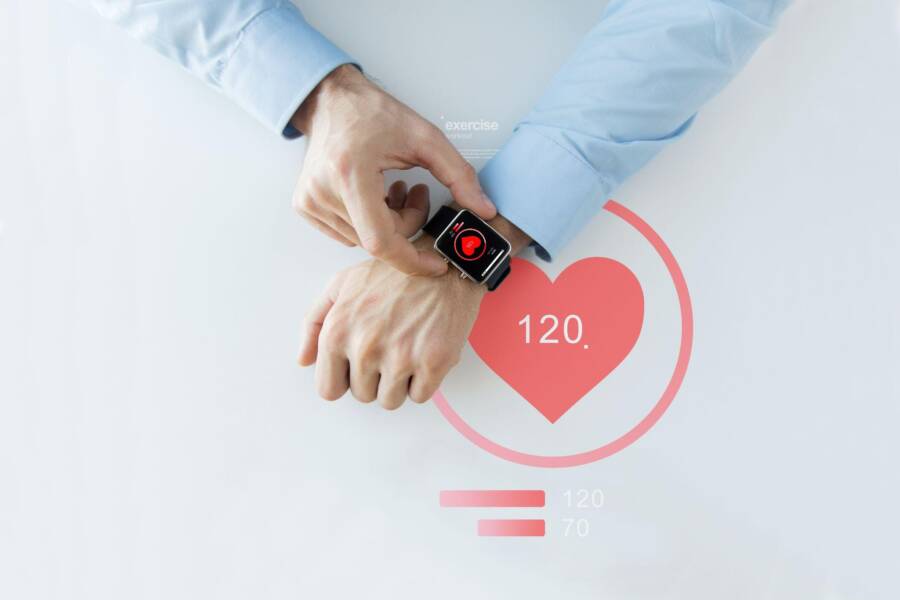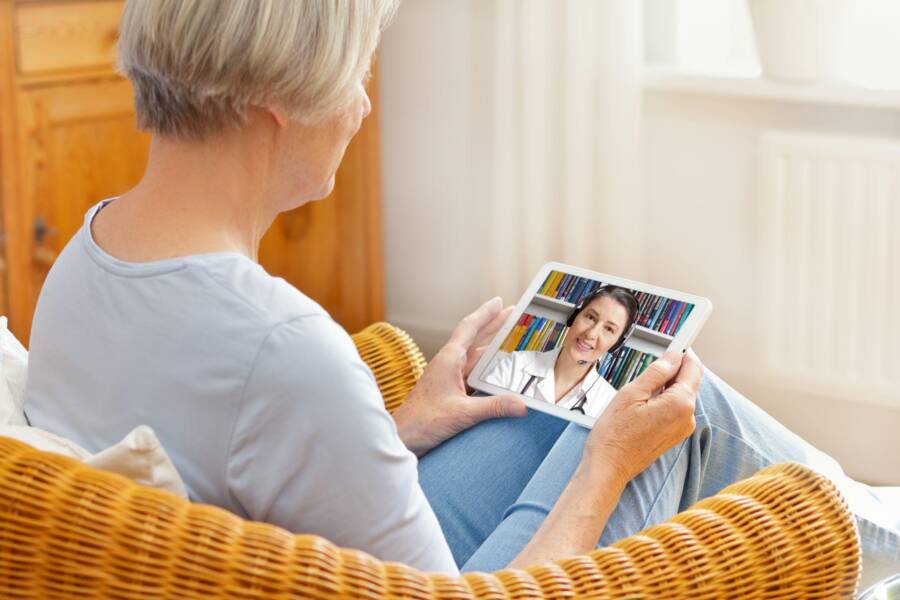With the coronavirus pandemic still raging, the field of telehealth has never had a bigger moment of opportunity. Patients around the world need to be able to access care without the risk of physically entering a provider’s office.
Fortunately, medical and telecom technology have finally reached the point where they can help create the widespread infrastructure necessary for an effective telehealth system. Our world is more connected than ever, and providers are springing into action to leverage these new capabilities in the service of global wellness.
You’ll find the technologies that drive telehealth in many forms, from devices in sleek diecast aluminum enclosures to invisible but powerful global networks that turn health into a collaborative global project. All are enjoying an unprecedented moment of breakout thanks to the coronavirus pandemic, and all are also critically important to the future of digitized medicine. These six have been particularly influential in creating the new landscape of telehealth.

-
Biometric Data Devices
Biometric data devices make it faster and easier than ever for a telemedicine provider to get a basic picture of a patient’s vital signs and general health. From blood pressure to heart rate to weight, options exist for monitoring an increasingly wide range of health and wellness parameters.
These devices are also important tools for helping doctors monitor the status of patients with chronic conditions. A doctor might be able to remotely monitor the blood sugar of a patient with diabetes or the heart rate of a patient who’s had a triple bypass. However, such devices have to be used as a supplement to trained medical supervision, rather than as a replacement.
2. High-Speed Data Connections
Video calls between patient and provider are among the most common and most important communication methods in telehealth. And they wouldn’t be nearly as effective were it not for the proliferation of high-speed data connections that allow virtual doctor’s appointments in HD video.
However, expanding the availability of telehealth will require a lot of work to level the playing field of high-speed connections. Rural households tend to have low access to broadband internet, and it’s those same rural households who are often particularly in need of convenient and low-cost medical appointments. Thus, to connect telehealth providers with some of the people who most need their services, America’s government and industry must commit to closing the rural broadband gap.
3. Next Generation Encryption
Many of the key technologies of telehealth have been designed from the beginning for HIPAA compliance. To fulfill HIPAA encryption rules, these technologies have to be designed using serious encryption and privacy protocols.
Today’s encryption standards, like the widely used AES 256, are thankfully up to the task of protecting patient’s health information. Higher standards, like OpenPGP, are also useful for adding an extra layer of protection to telehealth services.
Of course, providers should note that encryption is only as good as the people using it, so telemedicine employees must be thoroughly trained on the best practices of HIPAA-compliant cybersecurity. Patients, especially older people, also need to be instructed about how to keep their personal health information secure and out of the hands of cybercriminals.

4. Electronic Medical Records
Medical records help tell a patient’s story–from illnesses to surgeries to medications. They give providers the clues they need to diagnose illnesses and prescribe appropriate treatments. However, legacy paper-based medical record keeping systems are cumbersome, require large amounts of storage space and necessitate additional labor expenditures. And when it comes to telehealth, paper records are often, quite simply, inadequate.
Many medical providers were already transitioning to EMR when COVID-19 hit, but the pandemic has made the transition newly urgent. With today’s medical best practices placing a greater focus on integrated care, telehealth providers must also make sure that their EMR systems use standardized formats and can share data across organizations while simultaneously paying close attention to security and encryption.
5. Mobile Devices
Mobile devices help make telehealth services available when and where they’re needed most. Whether it’s smartphones or tablets, mobile devices create accessible channels that people can fit into their schedules and lifestyles. With convenience a bigger priority in healthcare than ever, it’s likely that increasing numbers of patients will turn to their mobile devices to help make telehealth a great fit for their lifestyles.
Often, mobile devices are also less expensive and more easily available than desktop or laptop computers. This helps make telemedicine more accessible to people at lower income levels. Despite their size and price point, however, these devices are powerful enough to run a wide range of health apps–from weight loss trackers to medication reminders to mindfulness and meditation tools.
6. Virtual Assistants
Virtual assistants such as chatbots and voice assistants are quickly gaining traction in the corporate world. The next frontier is introducing these AI constructs into medicine in a way that is useful and safe for patients.
Applications such as paperwork collection and appointment scheduling are already easily delegated to constructs such as chatbots. This helps telemedicine providers spend more time with patients and less on the administrative work that doctors often loathe. AI for more advanced tasks such as diagnosis is not yet fully functional, but is on the horizon.
Mental health is one field that’s uniquely ripe with possibility for virtual assistants, but the technologies come with some caveats and must be deployed with care. They’re useful as screening tools and even (in some cases) for daily mental health maintenance, but they definitely can’t replace a trained professional when it comes to a final diagnosis. Some patients also find them too impersonal to achieve the level of comfort necessary for a productive mental health care experience.

The telehealth landscape is evolving so rapidly that it’s hard to say what it will look like in a year. It’s still unclear whether the widespread adoption of telemedicine will have staying power once the coronavirus pandemic subsides. For right now, this much is certain: These exciting technologies are on full display for the first time ever, and whether or not patients embrace them over the long term will shape the future of healthcare in more ways than we can count.

Ingrid Maldine is a business writer, editor and management consultant with extensive experience writing and consulting for both start-ups and long established companies. She has ten years management and leadership experience gained at BSkyB in London and Viva Travel Guides in Quito, Ecuador, giving her a depth of insight into innovation in international business. With an MBA from the University of Hull and many years of experience running her own business consultancy, Ingrid’s background allows her to connect with a diverse range of clients, including cutting edge technology and web-based start-ups but also multinationals in need of assistance. Ingrid has played a defining role in shaping organizational strategy for a wide range of different organizations, including for-profit, NGOs and charities. Ingrid has also served on the Board of Directors for the South American Explorers Club in Quito, Ecuador.








































